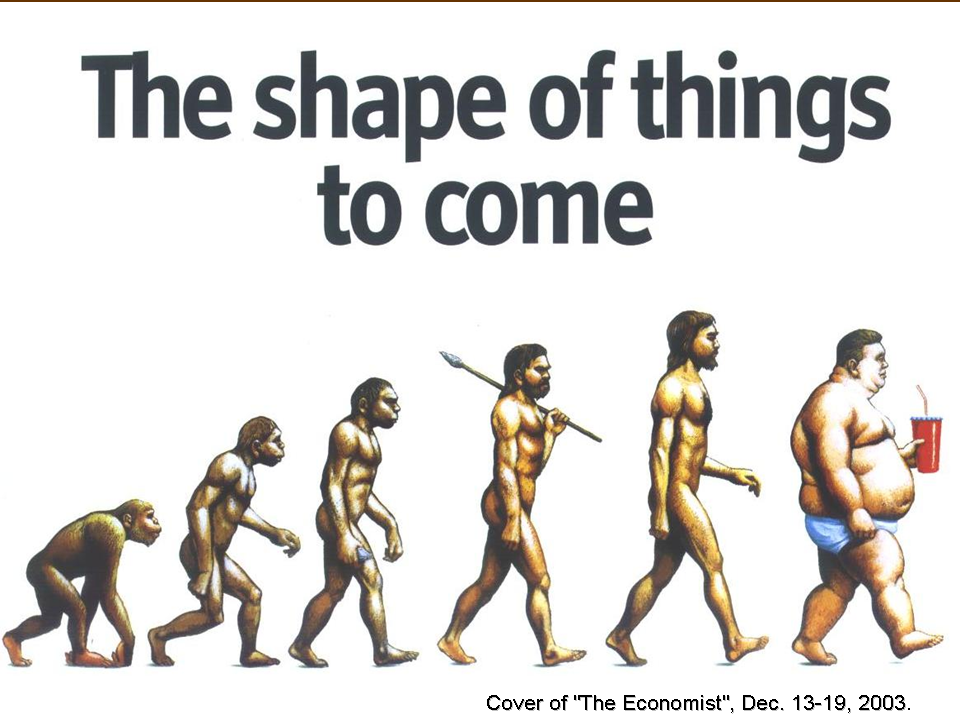 In my course on Designing for How Minds Work at Northwestern University, I draw on the concepts, tools and interventions of cognitive therapy. The New Handbook of Cognitive Therapy Techniques is a great introduction and a required course reading. Who better to help us understand how minds work than a therapist focused on how thoughts and emotions cause behavior?
In my course on Designing for How Minds Work at Northwestern University, I draw on the concepts, tools and interventions of cognitive therapy. The New Handbook of Cognitive Therapy Techniques is a great introduction and a required course reading. Who better to help us understand how minds work than a therapist focused on how thoughts and emotions cause behavior?
For example, it turns out that the Antecedent, Belief, Consequent or ABC therapy technique is a powerful tool for mapping interactions, rapid prototyping and discovering unmet cognitive needs especially in service design. Check out these slides for more more detail.
 Cognitive behavioral interventions (CBI) are especially useful for designers interested in creating features and functions that assist users in thinking differently, changing behaviors, managing emotions and the like. Importantly, there is literature on the effectiveness of the various techniques. For example, a recent study on the effectiveness of cognitive-behavioral training in the journal Personality and Individual Differences demonstrated that CBI is able to show:
Cognitive behavioral interventions (CBI) are especially useful for designers interested in creating features and functions that assist users in thinking differently, changing behaviors, managing emotions and the like. Importantly, there is literature on the effectiveness of the various techniques. For example, a recent study on the effectiveness of cognitive-behavioral training in the journal Personality and Individual Differences demonstrated that CBI is able to show:
“Significant improvements resulted in employees’ attributional style, job satisfaction, self-esteem, psychological well-being and general productivity.”
The intervention was a cognitive-behavioral training program delivered to financial services sales agents.
The bottom line for designers: Want to create artifacts that move the hearts and minds of your customers? Best study the tools, ways and insights of cognitive behavioral therapists!

 Core77 has an interesting post on the keynotes given at the recent Interaction 09 conference held in Vancouver. Of special interest to cognitive designers is Robert Fabricant (Frog Design) keynote on irrational behavior . His thesis is that interaction design is NOT about computer technology but about changing human behavior.
Core77 has an interesting post on the keynotes given at the recent Interaction 09 conference held in Vancouver. Of special interest to cognitive designers is Robert Fabricant (Frog Design) keynote on irrational behavior . His thesis is that interaction design is NOT about computer technology but about changing human behavior.











